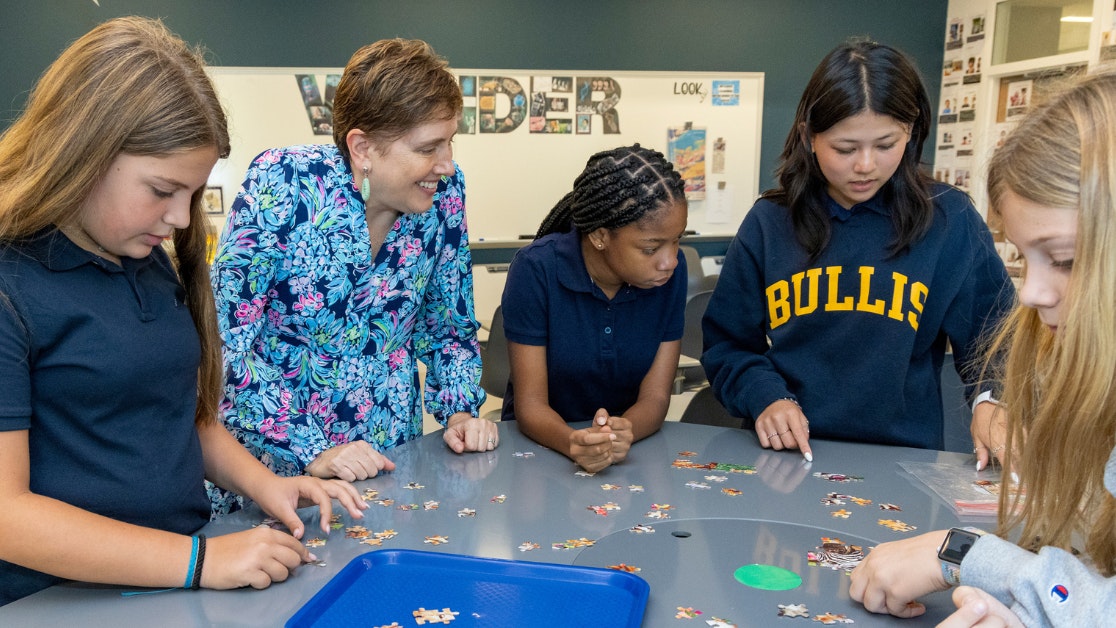Homepage
•
Learning Library
•
Blog
•
Put Student Well-Being at the Forefront
Expand breadcrumbs
Expand breadcrumbs
- Learning Library
- Blog
- Put Student Well-Being at the Forefront
- Homepage
- •
- Learning Library
- •
- Blog
- •
- Put Student Well-Being at the Forefront
Put Student Well-Being at the Forefront
By Stacey Roshan
March 13, 2023








